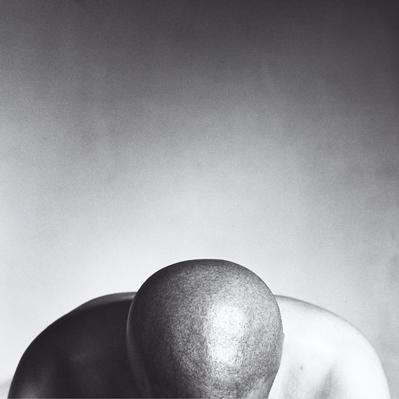Last year the Getty and LACMA jointly acquired the art and archives of Robert Mapplethorpe, including more than 2,000 works of art as well extensive documentation of this important artist's celebrated career and working methods. Now both museums are presenting Mapplethorpe exhibitions for the first time since this historic acquisition, in anticipation of a larger, jointly organized retrospective planned for 2016. On view now at LACMA is Robert Mapplethorpe: XYZ, while In Focus: Robert Mapplethorpe opens at the Getty tomorrow. In collaboration with the Getty Iris, I sat down with Getty curator Paul Martineau to discuss the two exhibitions and what the acquisition means to both institutions.
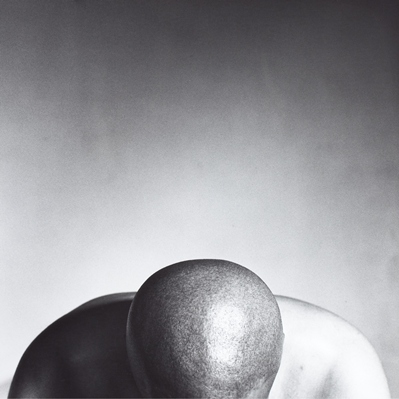
Robert Mapplethorpe, Cedric, N.Y.C. (X Portfolio), 1978, the J. Paul Getty Museum, Los Angeles, jointly acquired by the J. Paul Getty Trust and the Los Angeles County Museum of Art, partial gift of the Robert Mapplethorpe Foundation; partial purchase with funds provided by the David Geffen Foundation and the J. Paul Getty Trust, 2011, © Robert Mapplethorpe Foundation
Britt Salvesen: What appealed to you about acquiring the Mapplethorpe collection?
Paul Martineau: One of the things that Curator Emeritus Weston Naef set as a goal when he established the Getty Museum’s photographs collection was to collect an artist’s work in depth, so that the museum would be in the position to represent his or her career from beginning to end.
Salvesen: That’s interesting, because Robert Sobieszek, the founding curator of LACMA’s photography department, took a slightly different approach: acquiring singular examples from many artists. He was especially interested in experimental photography, and uses of the medium beyond the fine-art photography realm as it used to be defined.
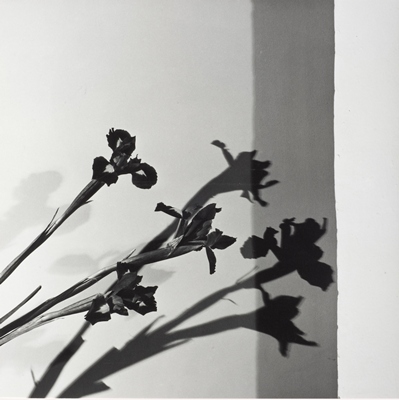
Robert Mapplethorpe, Irises, N.Y.C. (Y Portfolio), 1977, the J. Paul Getty Museum, Los Angeles, jointly acquired by the J. Paul Getty Trust and the Los Angeles County Museum of Art, partial gift of the Robert Mapplethorpe Foundation; partial purchase with funds provided by the David Geffen Foundation and the J. Paul Getty Trust, 2011, © Robert Mapplethorpe Foundation
Martineau: A few other important factors made this acquisition appealing to us as well: the Getty Museum holds the historical collection of photographs that Sam Wagstaff (Mapplethorpe’s lover and mentor) established in the 1970s, and the Getty Research Institute holds Wagstaff’s papers and the papers of Mapplethorpe’s art dealer Harry Lunn. What appealed to you about the acquisition?
Salvesen: There were only a small number of photographs by Mapplethorpe in public hands in Southern California, so making this acquisition would not only correct that, but also establish Los Angeles as the center of Mapplethorpe scholarship.
Martineau: How did you decide on the contents of your show?
Salvesen: I was immediately drawn to the X, Y, and Z portfolios as a kind of ready-made exhibition—they are, in effect, curated by Mapplethorpe himself, and they represent his own statement of his key themes.
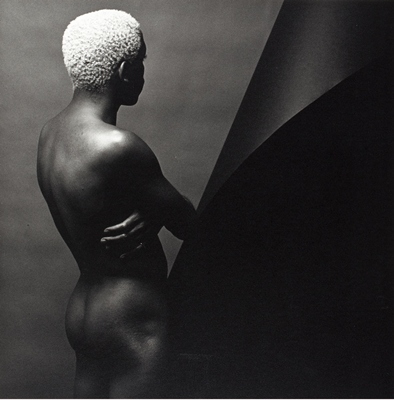
Robert Mapplethorpe, Leigh Lee, N.Y.C. (Z Portfolio), 1980, the J. Paul Getty Museum, Los Angeles, jointly acquired by the J. Paul Getty Trust and the Los Angeles County Museum of Art, partial gift of the Robert Mapplethorpe Foundation; partial purchase with funds provided by the David Geffen Foundation and the J. Paul Getty Trust, 2011, © Robert Mapplethorpe Foundation
Martineau: By contrast, the Getty exhibition features a broad selection of Mapplethorpe’s work from his early mixed-media objects, to his portraits, nudes, and still lifes. While the show includes a number of Mapplethorpe’s best-known works, the artist’s mixed-media objects and Polaroid instant prints are not well known by the public.
Salvesen: Why did you decide to show Mapplethorpe’s best-known work next to his least-known work?
Martineau: It’s all about gaining a better understanding of Mapplethorpe’s artistic journey. The early mixed-media objects and Polaroid snapshots demonstrate the struggle of a budding artist to find his proper medium of expression and develop his vision, while the carefully crafted gelatin silver and platinum prints make evident Mapplethorpe’s mature style as well as his eye for prints of the highest quality and beauty. I decided to organize it chronologically, so that the aesthetic trajectory of the artist’s career would be visible.
Do you expect the S&M photographs [in the X portfolio] will generate controversy as they have in the past?
Salvesen: There’s no question that the photographs still have a strong impact today. However, our culture now makes sexually explicit imagery so accessible, and our attitudes about same-sex relationships have changed so much since 1990. I think the discussion now will be about those major societal shifts.
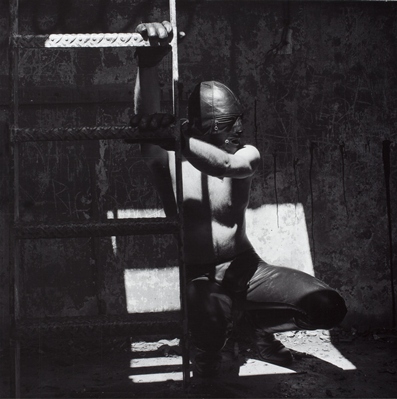
Robert Mapplethorpe, Jim, Sausalito (X Portfolio), 1977, the J. Paul Getty Museum, Los Angeles, jointly acquired by the J. Paul Getty Trust and the Los Angeles County Museum of Art, partial gift of the Robert Mapplethorpe Foundation; partial purchase with funds provided by the David Geffen Foundation and the J. Paul Getty Trust, 2011, © Robert Mapplethorpe Foundation
Martineau: You did something different when planning your layout, didn’t you?
Salvesen: We took up Mapplethorpe’s own suggestion, which he stated in a 1989 interview, that the portfolios be displayed in three rows. That allows the viewer to see the common formal aspects among all the different subjects, and to take them in as a totality.
Martineau: That was a great idea. I am excited to see your show and to observe how your visitors react to it.
Salvesen: I look forward to your installation as well. And to working together on a larger Mapplethorpe exhibition in 2016!
Britt Salvesen, curator and department head, Wallis Annenberg Photography Department



